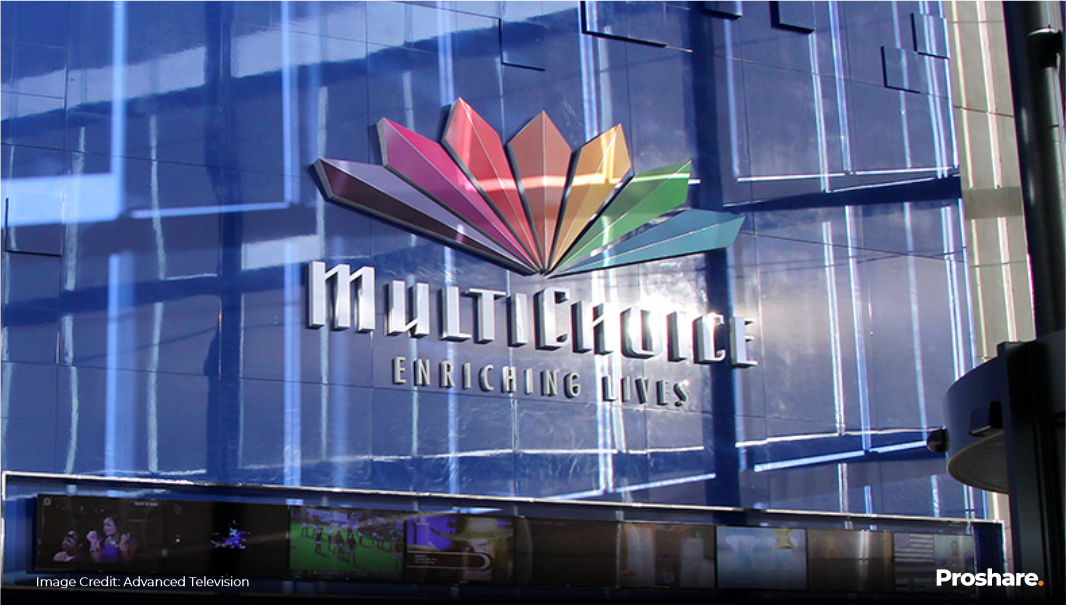YouTube, the popular streaming platform, is raising the cost of its Premium service in multiple countries, including Nigeria and South Africa. Announced via email to Nigerian subscribers on Friday, the change is part of a broader wave of pricing updates by global tech companies. The goal, according to YouTube, is to maintain service quality and continue supporting creators.
YouTube Premium offers ad-free streaming, background play, and access to YouTube Music, with added features for a smoother viewing experience.
New YouTube Premium prices in Nigeria and South Africa
In Nigeria, the individual YouTube Premium plan has increased from N1,100 to N1,700 monthly—a 54 percent jump. The family plan saw an even steeper rise from N1,700 to N2,800.
In South Africa, the price changes will roll out by mid-2025. The individual plan will go from R71.99 to R81.99 per month, while the family plan moves up to R149.99. YouTube Music-only subscribers will now pay R64.99 instead of R59.99.
Read Also: TikTok discontinues Notes app over low engagement
Long-time users in the U.S. who signed up during the 2014 launch of Music Key—YouTube Premium’s predecessor—are also seeing their first price bump after more than a decade at $7.99 per month.
Why tech subscription prices are rising
YouTube’s price increase is part of a broader pattern among global tech giants. In February 2025, Google also raised prices for its Google One cloud storage service in Nigeria, Ghana, Egypt, and Tanzania. Other platforms, such as Netflix, Starlink, and Microsoft, have followed suit, adjusting their subscription fees across Africa in response to inflation and currency instability.
These increases are tied to wider economic pressures. Currency depreciation, especially in countries like Nigeria and South Africa, has reduced the value of local earnings for global companies. With rising global inflation and operational costs, many tech firms are recalibrating their pricing strategies to stay profitable.
Another key factor is the pressure to compensate content creators fairly. As platforms grow, so does the demand for higher-quality content and better revenue sharing. Companies are increasing prices to maintain service quality, support creators financially, and roll out premium features like AI tools, HD playback, and cross-device compatibility, making these subscriptions more expensive and advanced.
How this affects users and the digital landscape
These hikes come with notable consequences. As subscription costs climb, access to premium digital services is becoming harder for many, especially students, small business owners, and content creators who depend on platforms like YouTube for work and learning. The affordability gap may push users toward free, ad-supported versions or unofficial alternatives, potentially affecting creator revenues. It also highlights the growing importance of Africa in the global digital economy—both as a user base and as a market sensitive to economic shifts.
With no sign of prices dropping soon, the conversation around affordability, access, and sustainable pricing in Africa’s digital future is just beginning.
















